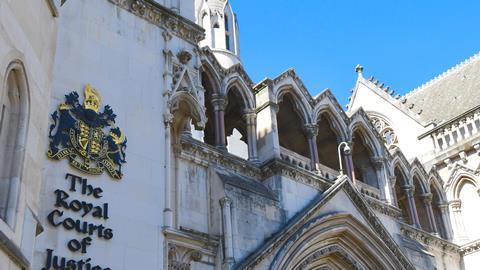A judge must decide if NHS waiting times that far exceed a promised commitment are simply administrative targets or ‘hard edged legal obligations’. The High Court today completed a two-day hearing in an action brought against NHS England by a group of individuals seeking gender identity development services, along with legal activist The Good Law Project and charity Gendered Intelligence.
The court heard that the claim was brought after people who identified as a different gender to that assigned at birth had waited - and were waiting - years for specialist treatment.
The average waiting time for children with gender dysphoria seeking possible treatment is four years and for adults is between four and five years.
This is far longer than NHS England's overall 18-week target waiting time to start consultant-led treatment, which is mentioned in the 2013 NHS constitution, the hearing was told.
It is claimed that, by breaching this statutory duty to reach the 18-week treatment target, the NHS is acting unlawfully.
The court heard the NHS has been transparent about its failure to reach waiting time targets by publishing regular data.
David Lock KC, for the claimant, said: ‘The underlying condition is not a medical disease or injury of itself but the consequence of having this condition can lead to medical consequence. The anguish [felt] knowing something can be done and being on a seemingly endless waiting list.
‘It is not good enough to say [the NHS] recognise problems and are taking steps to reduce the problem.’
Lock told the hearing that delays in treatment ‘were there from the start’ of the NHS’s new commissioning practice.
Eleanor Grey KC, for the NHS, said: ‘The 18-week commitment is universal [across services] as set out in the NHS constitution and NHS framework.’
She said part of the reason for long waiting times is because of the changing attitudes of children and young people in feeling they can seek treatment.
She added: ‘I do accept the problem is deeply serious and needs to be grappled with. The reasons are unique to this service as well. There has been an explosion in referrals, and it is an explosion.
‘We do not know enough about the background prevalence, but social norms have changed to a degree that children and young people are rightly seeking treatment that they may need.’
Lock added: ‘This is not a case where there is some additional factor - "this cancer is more common in men than women [for example]". This is direct discrimination where everybody in the cohort has the same protected characteristic. It is unlawful.’
Mr Justice Chamberlain reserved judgment.


























